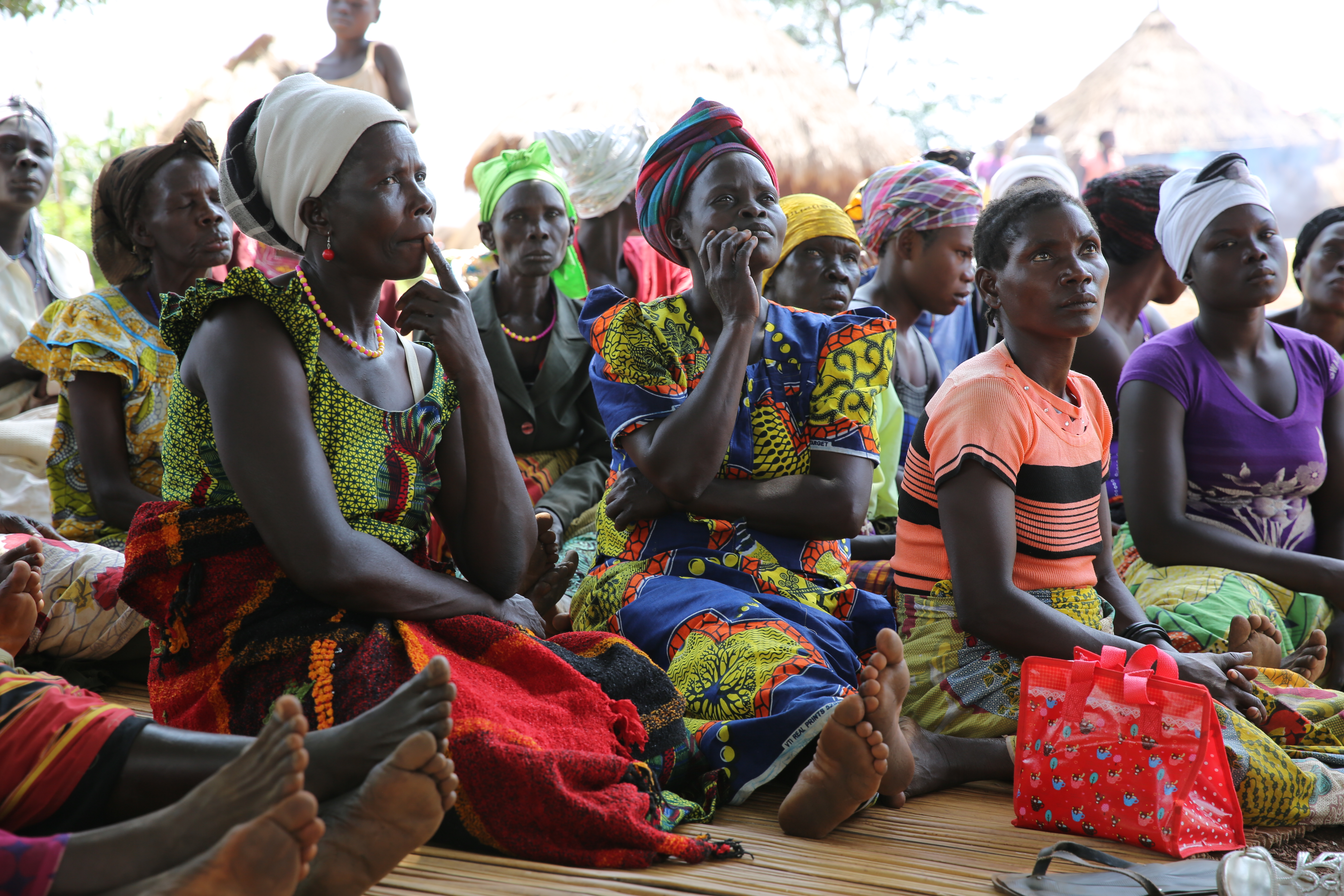Alleviating Poverty with an Integrated Microenterprise Program
Abstract
Village Enterprise is scaling up to reach nearly 14,000 more households in Kenya and Uganda
Helping the ultra-poor develop sustainable livelihoods is a global priority, but policymakers are faced with competing ideas about the best and most cost-effective approaches to alleviate extreme poverty. Preliminary results from an IPA evaluation suggest that Village Enterprise’s integrated microenterprise program—which provides households with business training and services, plus cash grants—increases consumption, assets, incomes, food security, and subjective well-being for the extreme poor. The program appears to be cost-effective relative to comparable programs. Based on this evidence, in 2017, Village Enterprise was selected from more than 80 organizations for the first Development Impact Bond in poverty alleviation, enabling it to scale up its model while ensuring quality of implementation at scale.

The Challenge
Finding cost-effective ways to reduce poverty for the poorest households continues to be a major policy challenge.
More than 20 percent of the world’s population that lives on less than US$1.25 a day, and finding more secure and sustainable livelihoods is crucial for these households. Microenterprise development is one key avenue for helping these ultra-poor families develop livelihoods, but some approaches that policymakers had hoped would help—such as microfinance services—have not substantially improved the living standards of small business owners or their families.
One approach that has recently shown greater promise across contexts on average is the graduation model, a package of sequenced interventions intended to help the ultra-poor develop stable and sustainable livelihoods. But measured effects are quite diverse, which raises the question about the drivers of effects, and whether they continue to be present as such programs get promoted to larger scale.
The Evidence
A program that combined cash transfers with training and mentorship for poor households in Uganda reduced poverty, preliminary results show.
From 2013-2016, IPA conducted a randomized evaluation to test the impacts of diverse components and variants of Village Enterprise’s program, which provides poor households with a combination of cash transfers, mentorship, business training, and support for the formation of savings groups over a one-year period. Results suggest that the full Village Enterprise program succeeded in increasing sustained asset holdings and consumption, reducing poverty at rates of cost-effectiveness that compare favorably to the rates found in diverse evaluations of ultra-poor graduation programs. The study also suggests that adding components such as mentorship and training may be sensible extensions to cash transfer programs aimed at poverty alleviation.
The Impact
Village Enterprise is expanding the model while continuing to test it at scale.
Based on this evidence, Village Enterprise was selected in from more than 80 organizations for the first Development Impact Bond in poverty alleviation, enabling it to scale up its model while taking responsibility for quality of implementation at scale. Launched in 2017, this DIB gives outcome funders assurance they are funding a poverty alleviation program that works based on measurable results.
Village Enterprise is now in a position to expand in Kenya and Uganda through this DIB by launching 4,600 new sustainable microenterprises by 2021 and positively impacting 13,800 households (30% of the businesses that it will start during that timeframe).











